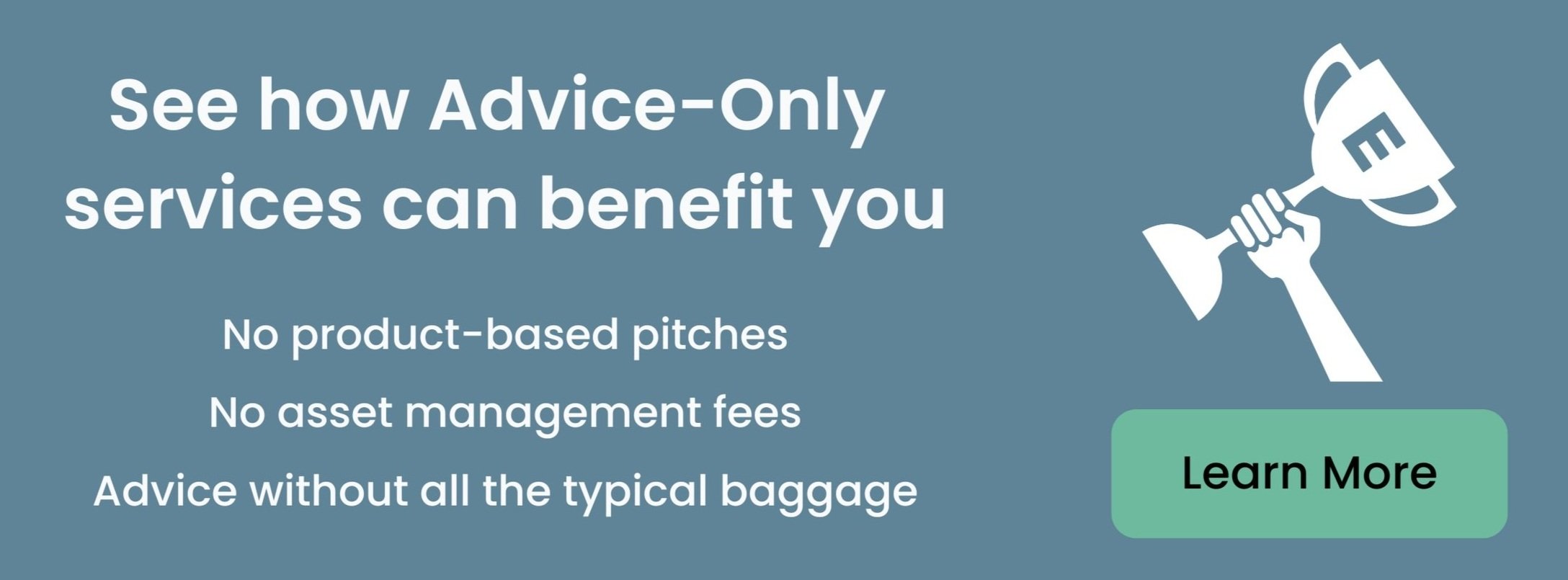6 Things to do with Equity Right After an IPO
Remember when companies went public all the time? IPOs came to a grinding halt in 2022 and 2023, but we’re starting to see some glimpses of hope for some IPOs in 2024.
With the pent of demand for IPOs, now is a great time to learn what you should be doing with your equity after an IPO. The purpose of this article is to provide you with 6 tips for managing your company equity after an IPO so you can feel confident in maximizing your equity.
1. Know What Equity Compensation You’ve Received
There are three major types of Equity Compensation and each is different in terms of their associated taxes, benefits, and potential strategies. Here are the three major types of equity awards employers will give their employees:
Non-Qualified Stock Options (NSOs, NQSOs, or NQs… they all mean the same thing)
Your equity should all be managed by a provider like Fidelity, Etrade, or Carta. Whichever provider your company uses, there should be a summary of everything you own. Once you have that equity summary, you’ll want to ensure you have a understand of what you actually own.
2. Understand The Basic Ins and Outs of Each Award
Once you’ve calculated each type of award you have, take some time to learn about each type of award you’ve received. You don’t have to have a perfect knowledge of all the intricacies, but you’ll at least want to understand the basics.
We’ve written articles explaining the basics of each of the three major award types. Reviewing these articles carefully should provide the basic information you will need.
ISO NSO RSU
SELF-TEST: If you can confidently explain the following for each award type, then you’ve built a pretty good foundation:
ISO - Be able to explain what a qualified disposition is.
NSO - Be able to explain the tax difference when you exercise an NSO vs an ISO.
RSU - Be able to explain when shares become yours and when you’ll be taxed
3. Calculate the Worth of Your Company Stock
Now that you understand the basics of the major types of equity compensation and you’ve determined how much of each type you have, it’s time to calculate how much in company stock you have.
Knowing how much money you have invested in your employer is important. And specifically, the better grasp you have of your equity compensation composition, the better you’ll be able to make smart decisions about managing them.
Worth Calculations
Incentive Stock Options (ISOs)
(Total ISOs x Current Market Price) - (Total ISOs x Exercise Price) = ISO Pretax Value
Qualified Disposition
ISO Pretax Value x (1 - Your LTCG Tax Rate) = Net ISO Value
Disqualified Disposition
ISO Pretax x (1 - Your Ordinary Tax Rate) = Net ISO Value
Nonqualified Stock Options (NSOs)
(Total NSOs x Current Market Price) - (Total NSOs x Exercise Price) = NSO Pretax
NSO Pretax x ( 1 - Your Ordinary Tax Rate ) = Net NSO Value
Restricted Stock Units (RSUs)
Market Value on Vest Date x RSUs Vesting on Vest Date = RSU Pretax
RSU Pretax x Your Ordinary Tax Rate = Net RSU Value
4. Determine Your Own Net Worth and What Percent is Held in Company Stock
Now that you’ve calculated how much company stock you own, you’ll want to put that ownership in terms of a percentage of your overall net worth. This will help you make decisions around how much to sell or not sell.
If you’re reading this article it’s likely you already know how to calculate your net worth. Even so, here’s the basic formula:
Assets - Debts = Net Worth
The general idea is to account for most of your assets, and the following are examples of some you’ll want to include: Your company stock, cash, cash in banks, investment account balances (Robinhood, Acorns, Schwab, Vanguard), your retirement account balances (401k, 403b, IRAs, etc.), house, cars, and anything else of significant value. (You can get as detailed as you’d like, but listing your son’s PS5 as an asset probably won’t impact the calculation much.)
Some common debts you’ll want to include are: Mortgage, car loans, student loans, credit card debt, and any other significant money owed to any institution, company, or individual.
Subtract your debts from your assets to arrive at your net worth.
From there, take the amount of company stock you own and divide it by your net worth to get the percentage your company stock makes up.
Value of Owned Company Stock or Equity / Current Net Worth = % of Net Worth is Company Stock
5. Read Every Email the Compensation Team Sends Out
You will receive a lot of emails before the IPO, but you’ll continue to receive a lot of emails after the IPO. Be sure to read them all to make sure you aren’t missing any important dates.
Typically you won’t be able to sell any company equity for 180 days. (This is known as the blackout period). However, with past IPOs like DoorDash and Airbnb, they allowed windows of time during which employees can sell a certain percentage of the company stock they own.
Airbnb, for example, let employees sell up to 15% of their holdings on day one of trading before being subject to the 180 day blackout period.
The company you work for will communicate these specifics and they can also be found in the agreements you signed before IPO.
The goal here is to stay in-the-know regarding company policies and the IPO. You’ll also soon hear about whether or not you’ll be able to participate in an Employee Stock Purchase Plan (ESPP).
6. Make a Plan to Sell (Or Not Sell)
Your company will give you opportunities to sell, but those opportunities will vary. As you’re learning what you’ll be eligible to sell and when, make a plan to sell or make a plan to keep what you own.
It’s impossible to provide pat advice/guidance about this since the value of holdings in tech companies varies greatly and can be unpredictable. In addition, what’s best for each individual will likely differ.
If you’re about to receive a life-changing amount of value (whatever that dollar number is), our recommendation would be to sell a portion of your company stock to ensure you’re reaping the benefit of that life-changing event. You can leave whatever amount you want on the table, but be sure you’re okay with the possibility of losing it all.
If you’ve received a small dollar amount of value, you can do whatever you feel is best.
7. (Bonus) - Consult a professional if you’re receiving several million dollars as a result of a liquidity event.
If you’re about to receive millions of dollars of value, we’d encourage you to seek out the help of a financial professional. We recently published an article with detailed recommendations for how to choose a qualified financial advisor, but for now, we’d recommend consulting with a CPA and/or CFP. Whomever you choose, you will want to be sure that they are designated fiduciaries and will have your best interest at heart.
If you want to work with us, we charge flat fees and do not manage client assets. We’re what’s known as an Advice-Only Firm.


